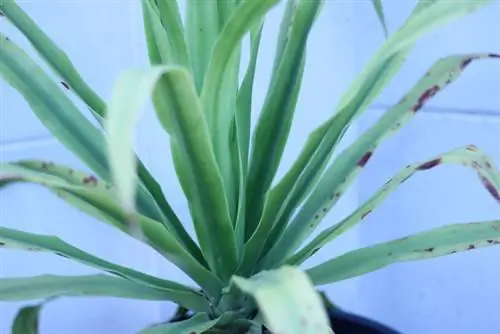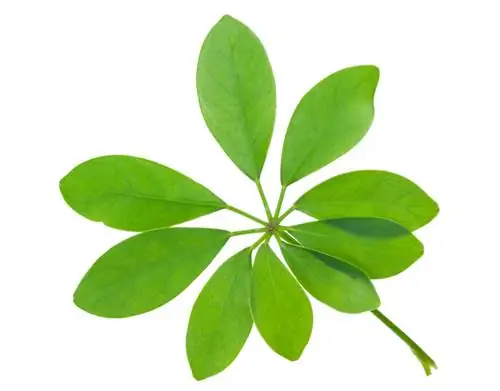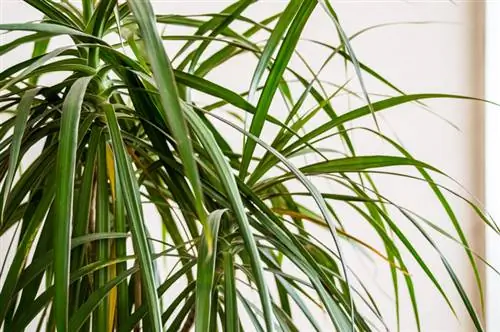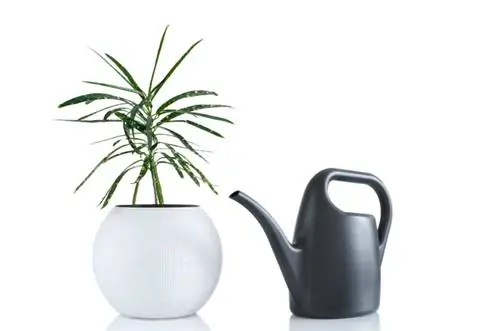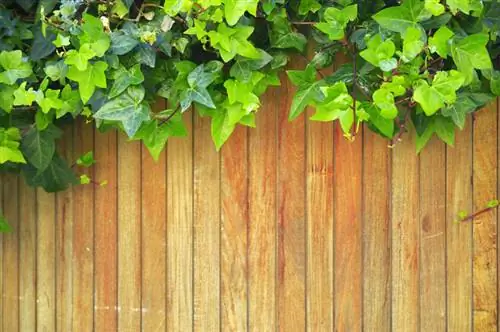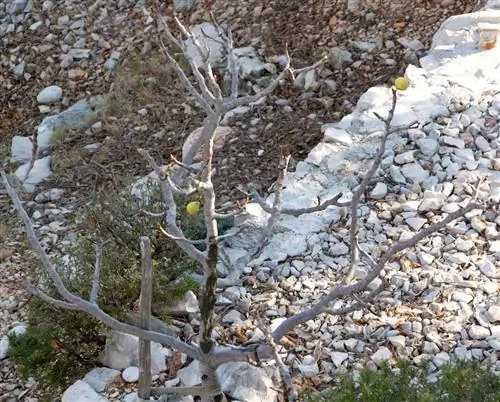- Author admin [email protected].
- Public 2023-12-16 16:46.
- Last modified 2025-01-23 11:21.
Even as houseplants, dragon trees can reach a considerable height of up to 2 meters with good care and the associated plant growth. So it's understandable that plant lovers want to save these stately specimens using all available means if problems arise.
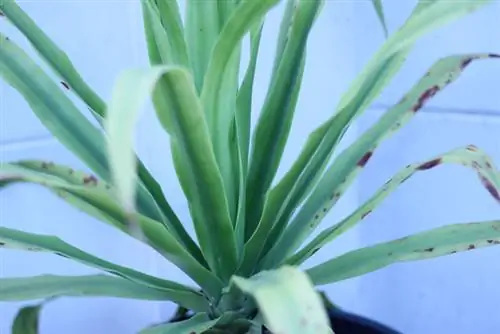
How can I save my dragon tree?
To save an ailing dragon tree, you should move it to a suitable location, correct the watering, fertilize sufficiently and, if necessary, prune or remove rotten roots. If necessary, cuttings can be used for propagation.
Possible reasons for problems with the dragon tree
Compared to some other houseplants, the dragon tree is a type of palm-like bonsai that is quite easy to care for. But this only applies as long as the specific location requirements of this plant are met. Problems may occur with:
- Locations with dry heating air
- wrong lighting conditions
- “herbal” sunburn
- incorrectly dosed irrigation
- inadequate nutrient supply
First signs of trouble can be symptoms such as drooping or brown-spotted leaves.
Water and light as potential dangers
If numerous leaves of the dragon tree turn brown or yellow within a very short period of time, you need to hurry. The same applies if the plant substrate in the pot smells unpleasantly putrid. Since dragon trees are rarely affected by diseases, care errors are usually to blame for incoming specimens. Dragon trees are often placed in locations with too much sunlight and, in return, are watered excessively. Permanent wetness at the roots is one of the greatest dangers of all for a dragon tree.
Sometimes quite radical measures are required
To prevent signs of rot on the roots due to an oversupply of water, you can repot your dragon tree and switch to so-called hydroponics in a special pot full of clay balls. If the root ball of a plant has already rotted beyond repair, the upper part of this dragon tree can sometimes be saved as a cut cutting. Conversely, a radical cut right through the “trunk” can also stimulate the formation of new shoots.
Tip
A sick dragon tree can be saved by pruning it, especially if it is accompanied by moving to a suitable location and sufficient fertilization.

